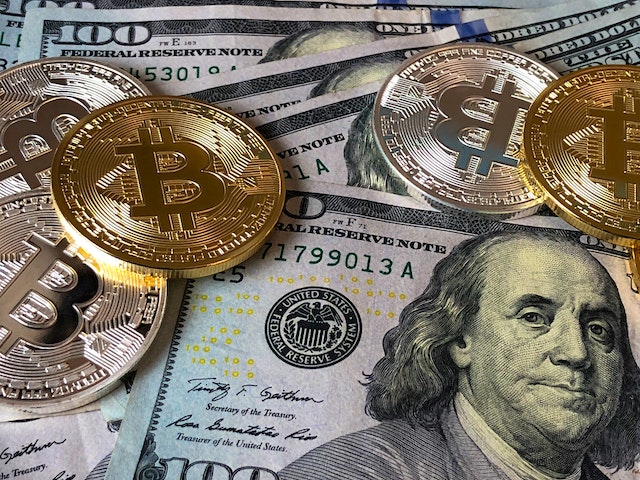As the cost of living continues to rise – it’s more important than ever to begin preparing your investment portfolio for an uncertain future. While we can’t guarantee that your investments will be safe from market volatility and inflation – we can help you avoid some common mistakes that have led many people into financial trouble in recent years.
This article will discuss some of the most important things to remember as you prepare your portfolio for a rising cost of living.
Educate yourself about the long-term value of your investments.
There are a few ways to invest your money. The first is through a bank or credit union, which offers products like savings accounts, certificates of deposit (CDs), money market accounts, and other low-risk investments. These investments usually earn you more than keeping your cash in a checking account, but not as much as investing in the stock market.
Do you wonder what to invest in during inflation? The answer is simple: invest in things that hold their value. One of the best ways to do this is by investing in gold. Gold has been a safe haven for centuries during the economic crisis and political instability. It’s also one of the only assets that can be used as currency, which makes it an effective hedge against inflation.
The second option is investing directly in the stock market through companies like Amazon or Apple–that is what most people think of when they think of “investing.” You can either buy individual stocks or invest in mutual funds that have dozens or hundreds of different stocks within them so that if one goes down, another may go up by the same amount.
Create a budget and stick to it.
Here’s how you do it!
- The first step in saving money is to create a budget, which will help you track your expenses and ensure you’re not spending more than you can afford on groceries, rent, or utilities.
- It’s essential to be realistic about how much money comes in and goes out each month when creating a budget. Don’t include any unexpected costs (like car repairs) unless they happen regularly enough for those unexpected costs to be considered part of the baseline expenses of living life!
- Your monthly bills should be included in this calculation; however, don’t forget about other important factors such as insurance premiums or student loan payments–these may seem trivial compared with rent but could end up costing more than double what the average person pays each month if left unchecked over time!
Make the most of tax-advantaged retirement accounts.
Tax-advantaged retirement accounts are a great way to save for your future and make the most of your money. This can be especially helpful if you’re putting money away for the first time or want an additional avenue for investment returns beyond the stock market.
The most common types of tax-advantaged retirement plans include 401(k)s offered by employers; individual retirement accounts (IRAs); 403(b) plans offered by nonprofit organizations; 457 plans that provide benefits for government employees.
You can contribute up to $19,000 per year into these accounts if you’re under 50 years old or $25,000 if over 50 years old–but there are some limitations based on income levels as well as whether or not you have access through an employer plan like a 401(k).
If you already have an existing IRA or a qualified retirement plan, you can execute an IRA transfer to Gold. This process involves filling out paperwork with your current custodian to initiate the transfer.
Be prepared to save more money than you spend.
Here are some tips for saving more money than you spend:
Save in a savings account. You can open one at your bank or credit union, and it will be an easy place to deposit extra money from your paycheck or other sources.
Save in an emergency fund. This is especially important if you’re not working full time and have extra expenses like food and utilities that must be paid out of pocket (rather than through direct deposit).
An emergency fund will help protect against unexpected costs such as medical bills, car repairs, or lost wages due to illness or injury when they come up without having to dig into other savings accounts like retirement accounts where withdrawals are taxed more heavily by the IRS (the Internal Revenue Service).
Save for retirement by setting aside a percentage of each paycheck automatically–and then forget about it!
There you go!
We hope this article has offered some insight into how you can continue investing in your future, even as the cost of living rises. It’s important to remember that while there are many things in life that we can’t control, investing is one area where individuals have much control over their destinies.
Educate yourself about the long-term value of your investments and create a budget that works for you. These two steps alone can go a long way toward ensuring that your savings keep growing even as inflation threatens them with destruction!











Leave a Reply